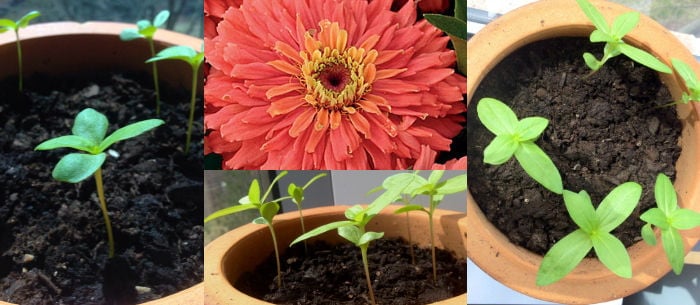With the recent equinox heralding longer days and shorter nights, spring is officially underway. When you think spring, the first thing that pops into your head is probably flowers. And once the green returns to your garden, it’s time to plant your spring blooms!
Searching for a gardener? Find one in your area now.
Planting flowers with kids is a great way to teach them about wildlife and the life cycle of plants and animals. It’s also a smart way to teach them accountability by watering and taking care of their growing garden. While there are tons of plants and flowers to choose, we’ve gone with Zinnias, as they are a fast growing flower that blooms all summer long. Read the back of your seed packet for detailed care instructions for your specific flower.
Directions:
- Fill your flower pot with small rocks until the pot is about ¼ of the way full. This allows the soil to drain out excess water.
- Fill the flower pot with potting soil. Stop when there is a 1 inch lip at the top of the pot. If you don’t add enough soil, the edges of the pot will cast a shadow over your young plants, denying them the sunlight they need to grow.
- Evenly space 5 shallow wells around the edge of your pot, about 1 inch in from the edge. Place 2-3 seeds in each well and cover with ¼ inch of potting soil.
- Lightly pack down the potting soil with your hands and gently water each spot. Be careful not to flood your seeds so they break through the covering soil.
- Find a sunny window for your new plant to grow. Be sure to water new seedlings regularly when the soil feels dry to the touch. Taking pictures every day is a fun activity for the kids to see how much they’ve grown!
Read Next: 6 Steps to Raising Environmentally Friendly Children
Read Next: Why You Should Encourage Your Children to Play More
